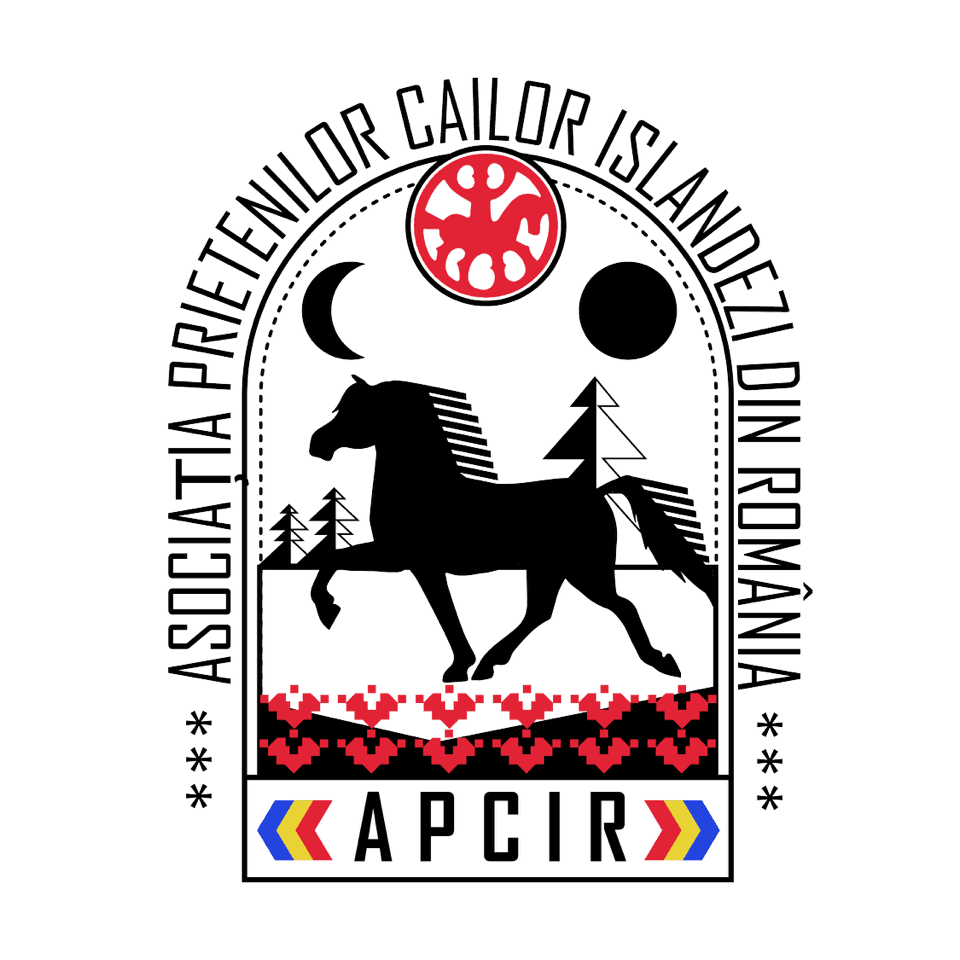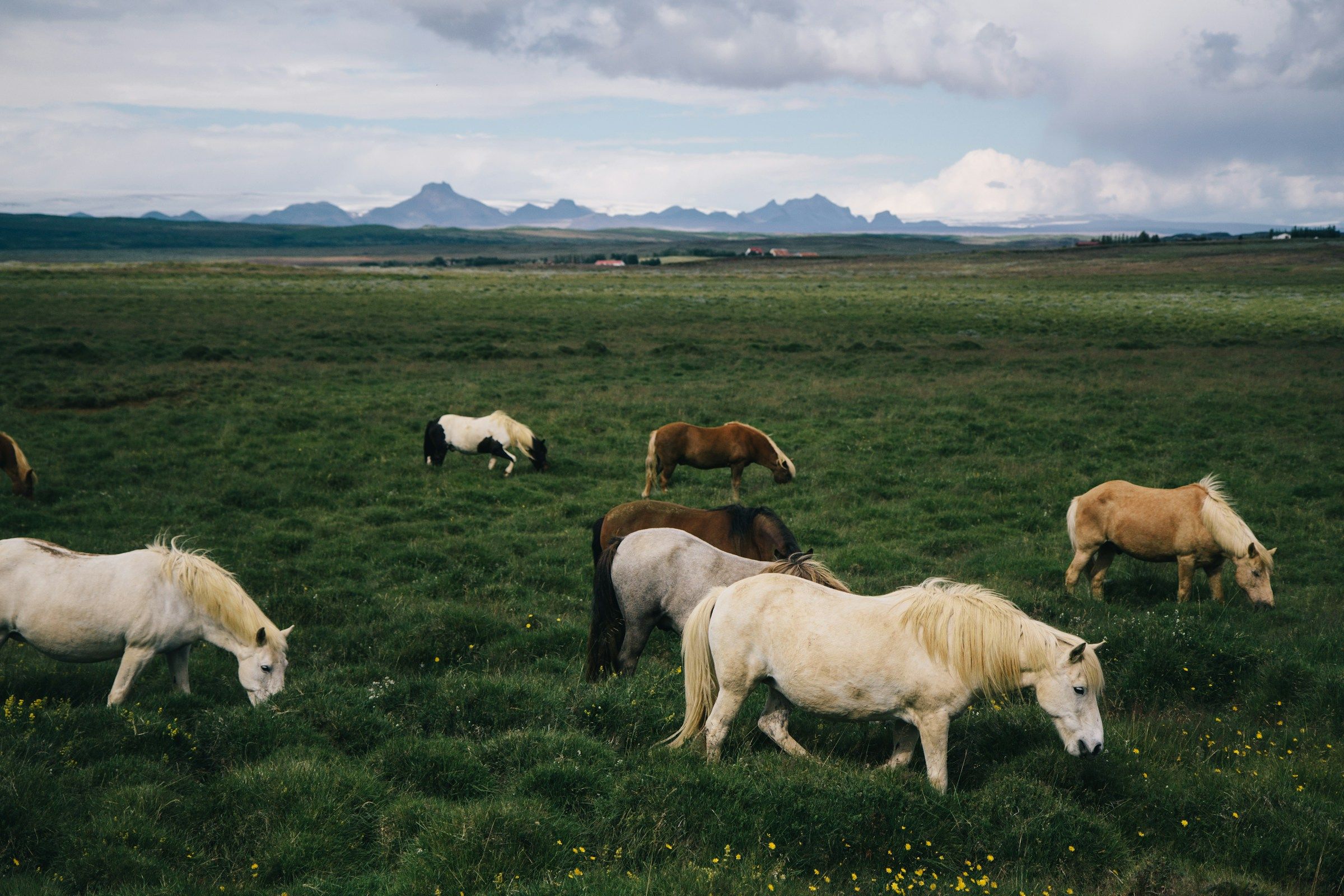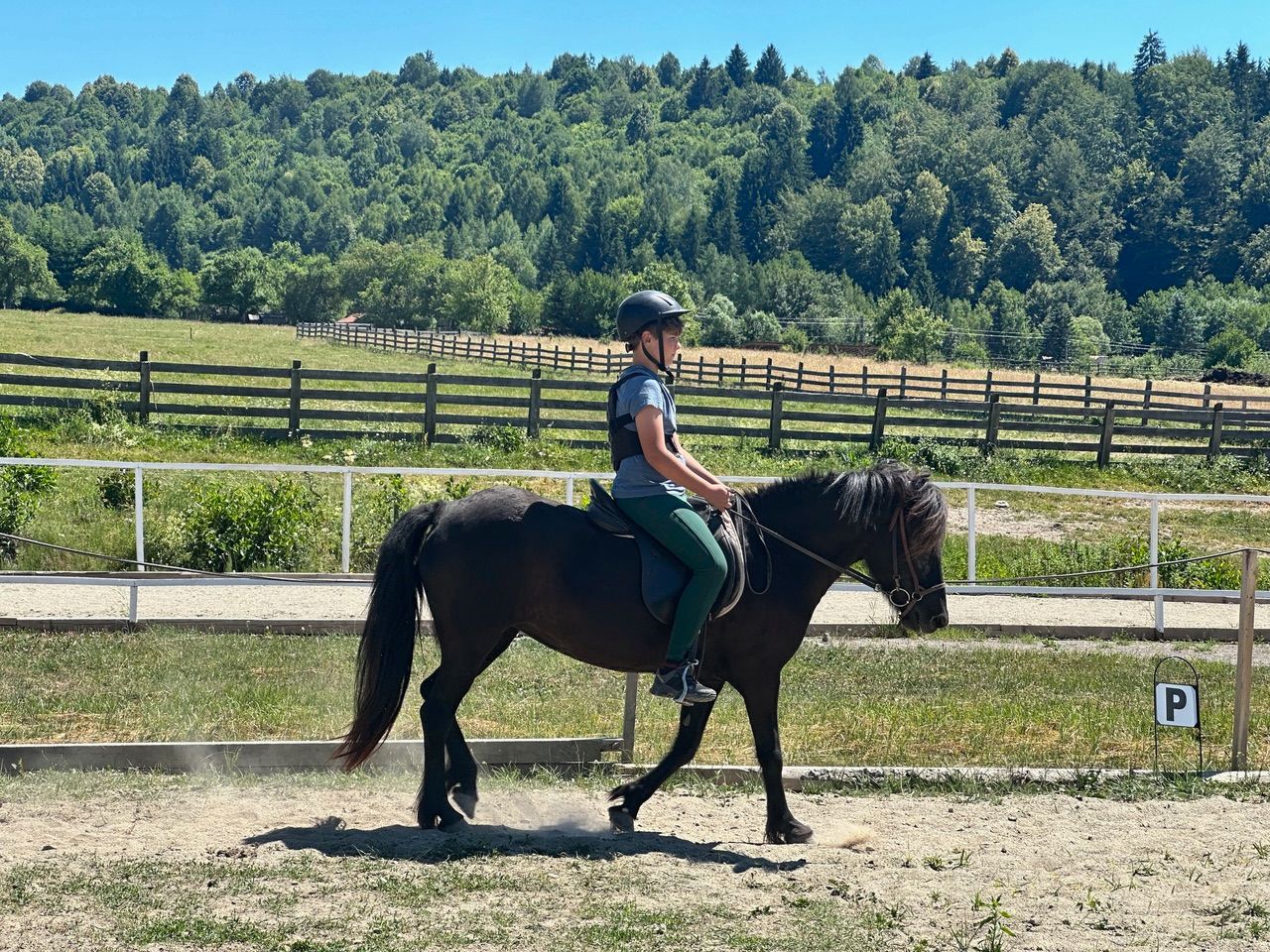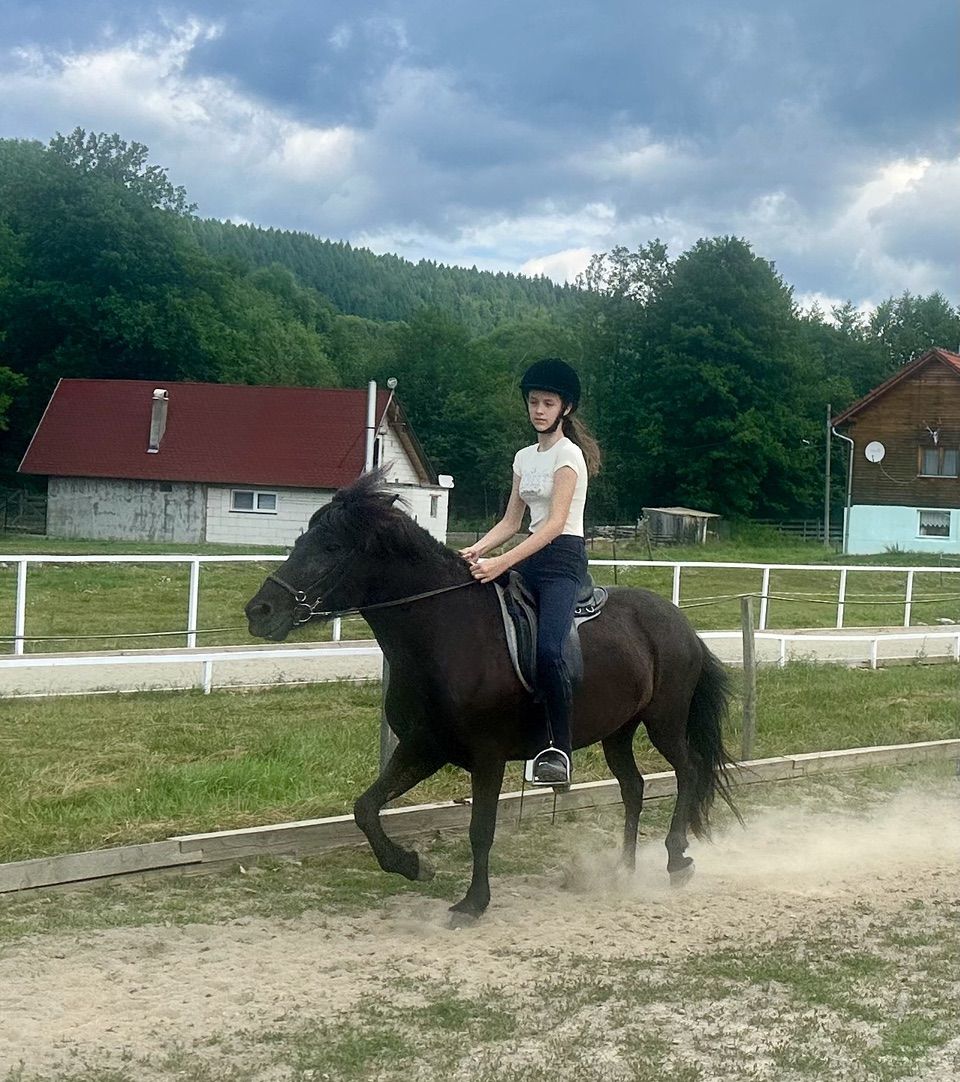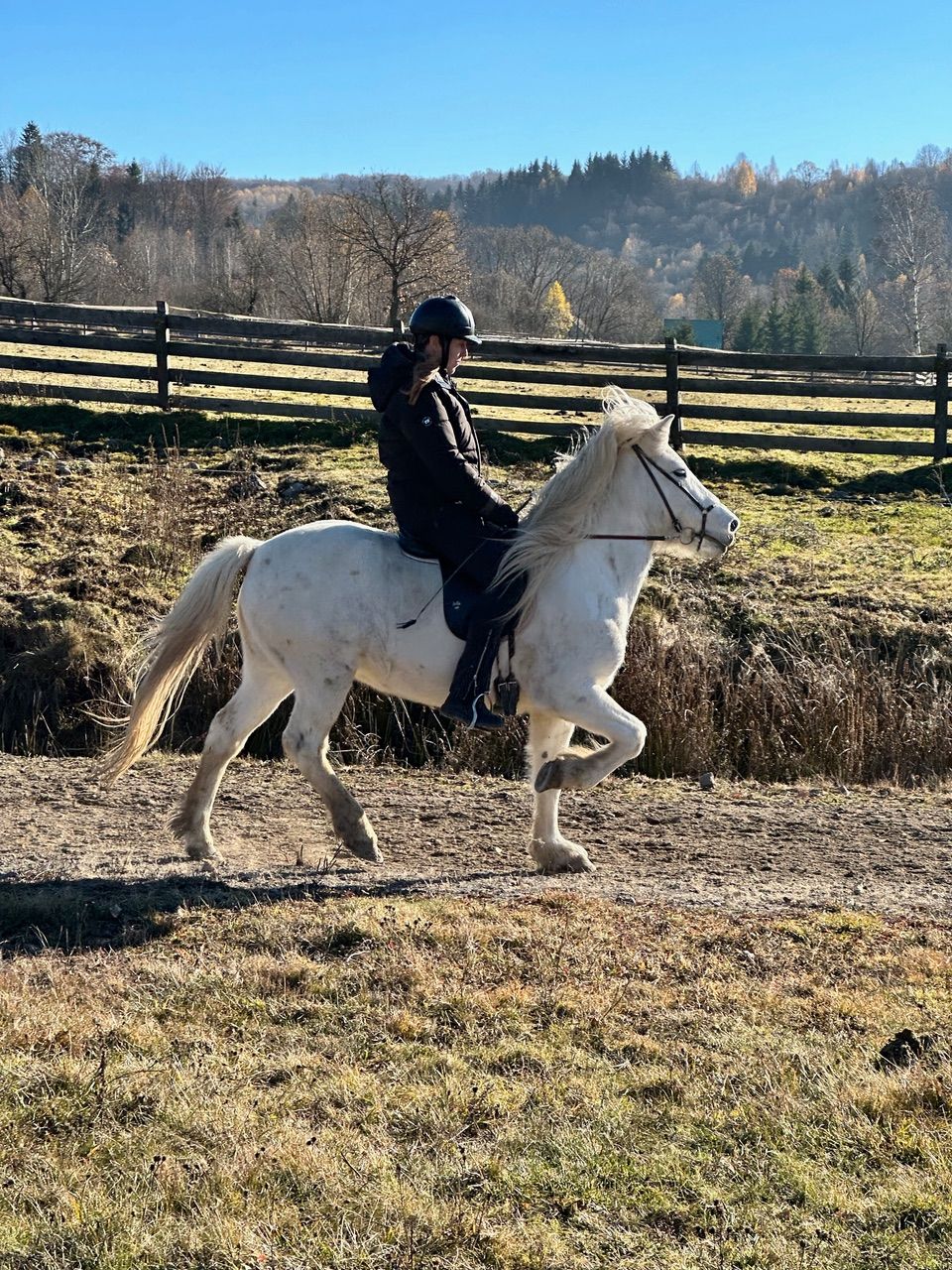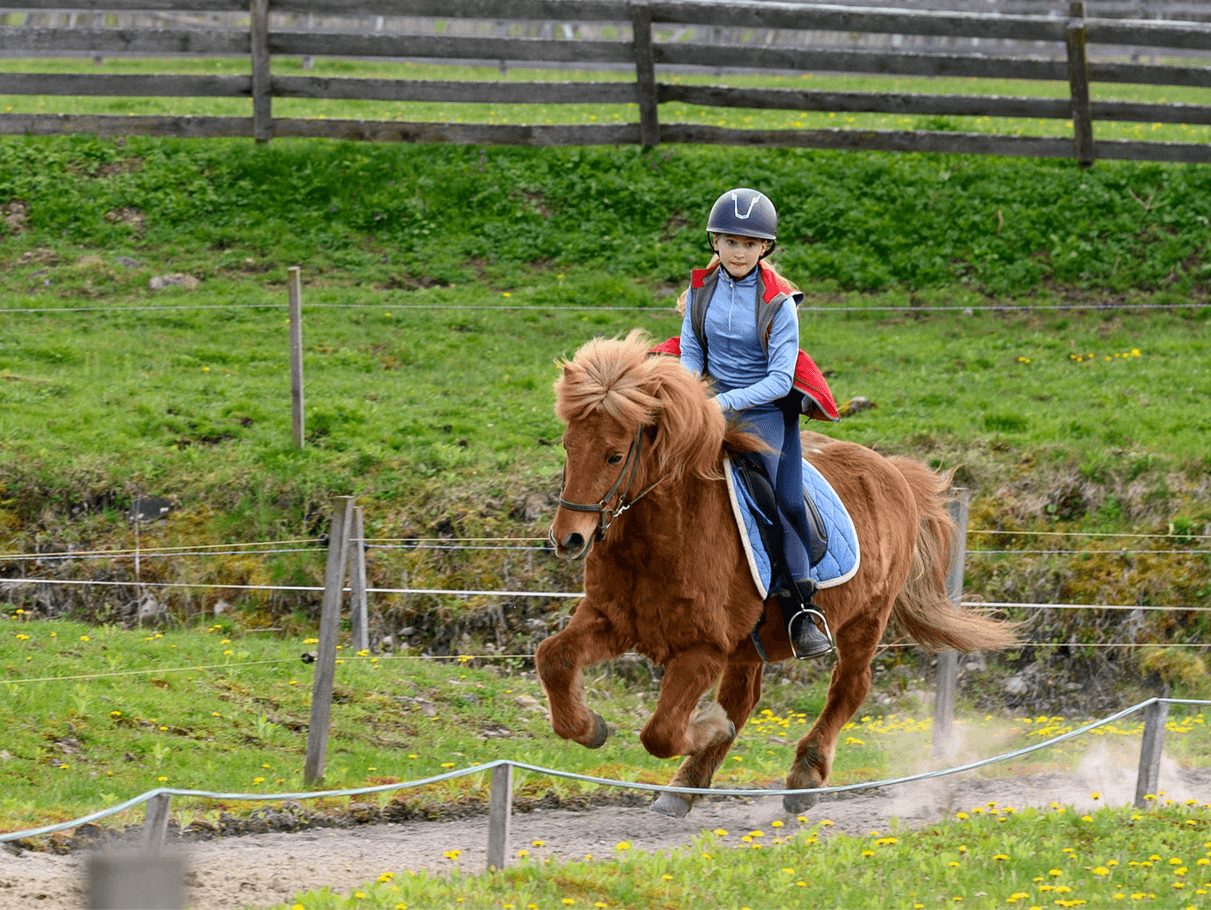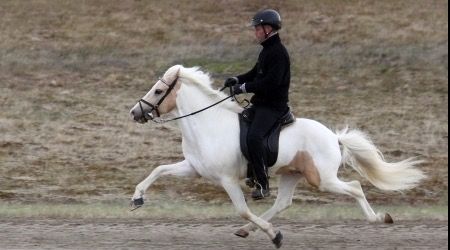The Icelandic horse is a breed developed in Iceland. Although the horses are small—sometimes pony-sized—most registries refer to Icelandic horses as horses rather than ponies. Icelandic horses are long-lived and hardy, with few diseases affecting them in their homeland. The ancestors of the Icelandic horse were likely brought to Iceland by the Vikings between AD 860 and 935. The breed is mentioned throughout Icelandic history in literature and historical records. Horses were revered in Norse mythology, and this tradition was brought to Iceland by the country’s earliest settlers. Over the centuries, selective breeding has shaped the breed into its current form.
The Icelandic is a five-gaited breed, known for its sure-footedness and ability to traverse rough terrain. In addition to the typical gaits (walk, trot, and canter), the breed is also known for two additional, unique gaits.
